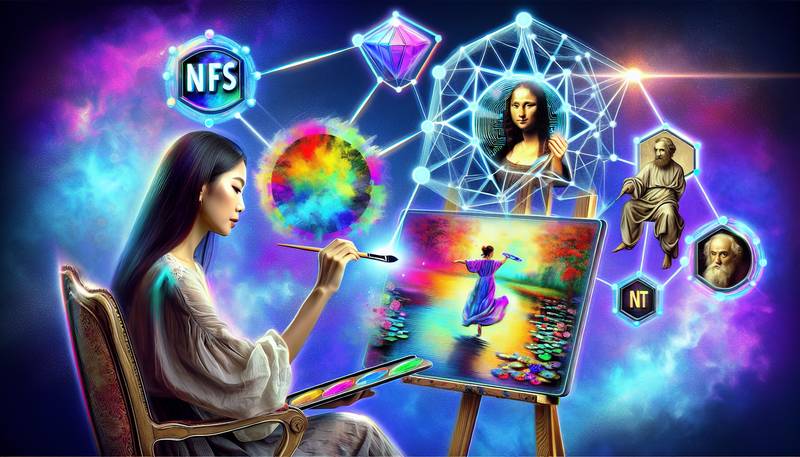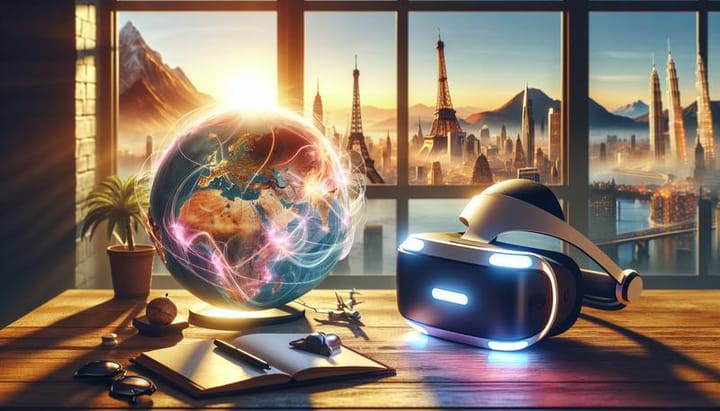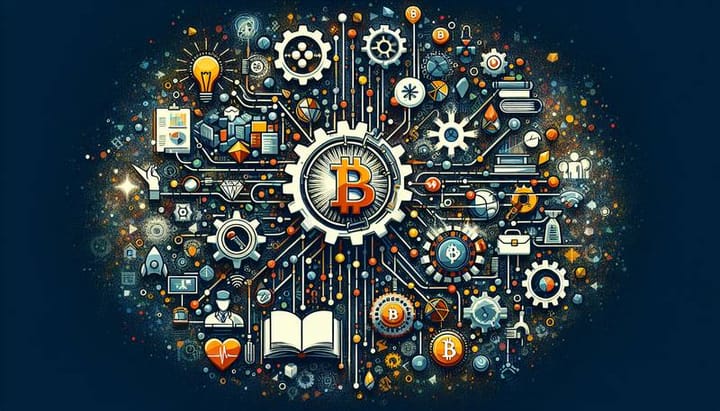NFTs Explained: The New Digital Art Revolution

In recent years, the world of art and technology has collided in a way that nobody could have predicted. The rise of non-fungible tokens (NFTs) has created a new digital art revolution that is changing the way artists create, sell, and collect art. In this article, we will explore what NFTs are, how they work, and why they have become so popular in the art world.
What are NFTs?
NFTs are digital assets that are unique and cannot be replicated. They are stored on a blockchain, which is a decentralized digital ledger that records all transactions. NFTs can represent anything from art to music to videos, but they are most commonly associated with digital art. Each NFT is one-of-a-kind and comes with a certificate of authenticity that proves its ownership and originality.
How do NFTs work?
NFTs are created through a process called "minting," which involves uploading a digital file to a blockchain and creating a smart contract that outlines the terms of ownership. Once an NFT is minted, it can be bought, sold, or traded just like any other piece of art. The difference, however, is that NFTs are completely digital, and the ownership of an NFT is recorded on the blockchain, making it impossible to forge or replicate.
Why are NFTs so popular?
There are several reasons why NFTs have become so popular in the art world. Firstly, they provide a new way for artists to monetize their work. With NFTs, artists can sell their digital art directly to collectors without the need for galleries or middlemen. This allows artists to retain more of the profits from their work and gives them more control over the pricing and distribution of their art.
Secondly, NFTs have created a new market for digital art collectors. Collectors can now own and display digital art in a way that was not possible before. With NFTs, collectors can prove their ownership of a piece of digital art and showcase it in virtual galleries or on social media.
Lastly, NFTs have gained popularity due to the hype and speculation surrounding them. Many high-profile artists, celebrities, and influencers have jumped on the NFT bandwagon, driving up the prices of NFTs and creating a frenzy among collectors.
The impact of NFTs on the art world
The rise of NFTs has had a significant impact on the art world. For the first time, digital art is being taken seriously as a legitimate form of art. NFTs have also opened up new opportunities for artists to reach a wider audience and sell their work to a global market. Additionally, NFTs have challenged the traditional art market, which has been dominated by physical art for centuries.
However, the NFT market is not without its critics. Some argue that NFTs are a bubble that will eventually burst, while others are concerned about the environmental impact of the blockchain technology that powers NFTs. Despite these concerns, the NFT market continues to grow and evolve, with new platforms and marketplaces emerging all the time.
The future of NFTs
The future of NFTs is uncertain, but it is clear that they are here to stay. As the technology behind NFTs continues to improve, we can expect to see more artists and collectors embracing this new digital art revolution. NFTs have the potential to change the art world forever, and it will be exciting to see where this journey takes us.
Conclusion
In conclusion, NFTs have taken the art world by storm, creating a new digital art revolution that is changing the way artists create, sell, and collect art. While there are still many questions and concerns surrounding NFTs, it is clear that they are a game-changer for the art world. Whether you are an artist, collector, or simply a lover of art, NFTs are definitely something to keep an eye on.


